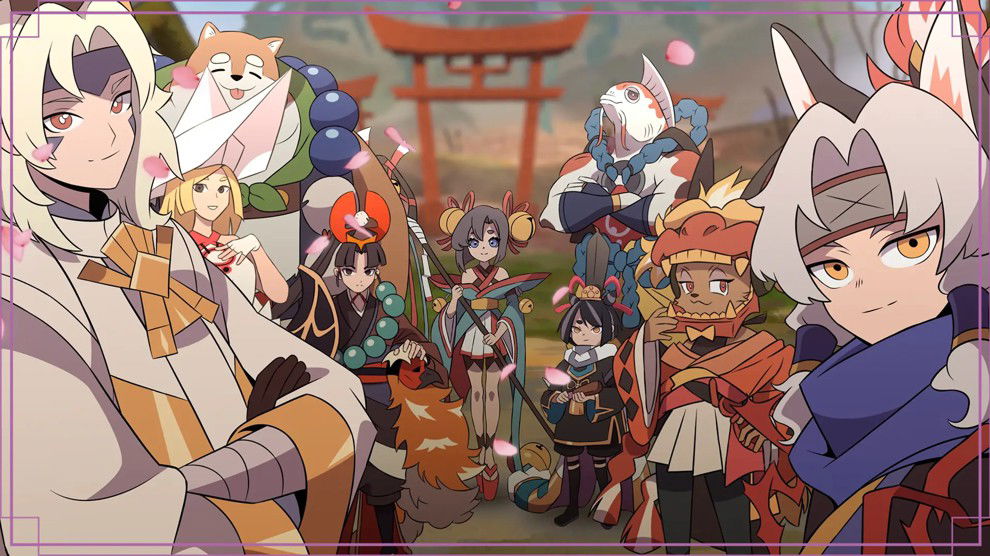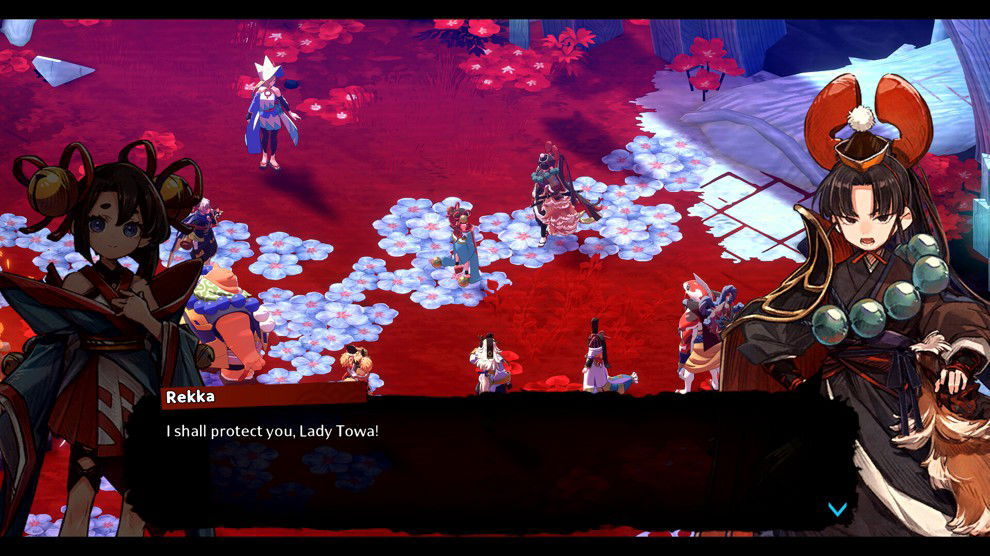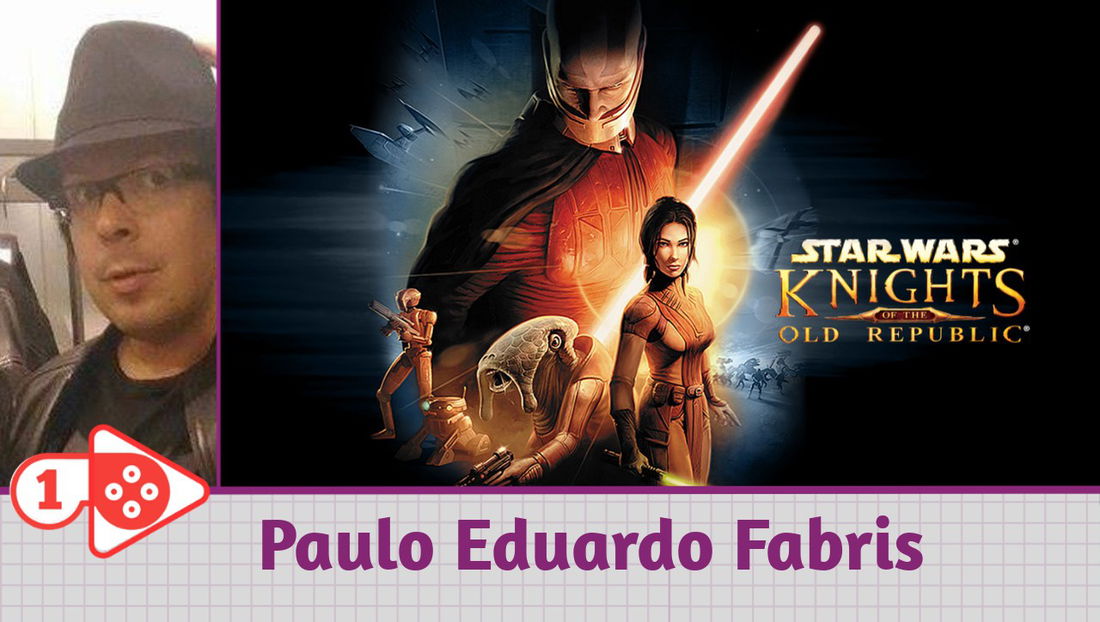Towa and the Guardians of the Sacred Tree arrived promising an ambitious blend of fast-paced action, emotional storytelling, and run-to-run progression, all with colorful visuals and a soundtrack by Hitoshi Sakimoto, a veteran of classics like Final Fantasy Tactics and Vagrant Story.
Developed by Japanese studio Brownies Inc. and published by Bandai Namco, the game aims to deliver a complete package: two playable protagonists, customizable weapons, a village that evolves over time, and combat that demands strategy.
On paper, it seemed like the perfect combination for fans of roguelites like Prince of Persia, but the final experience is a mix of inspired moments and flaws that hinder the gameplay's pacing and enjoyment.
First impression: eye-catching visuals and music
Towa's first impression is visual. The settings are varied, full of color and detail, and the characters' designs are reminiscent of modern anime without losing their own identity. From mystical forests to darker areas, the setting manages to convey personality and maintain the player's attention even when the gameplay begins to repeat itself.

The soundtrack is another impressive feature. With orchestral compositions by Sakimoto, the music adds weight to combat and creates moments of tension, but it also works in calmer sections, such as Shinju Village, reinforcing the feeling that the world is still alive. Small details, like the music changing over time or the appearance of new NPCs, help create a more immersive experience.
The village itself is one of the most praised highlights. Unlike generic hubs, Shinju changes over time: characters age, some die, new ones appear, and small events alter the dynamics of the place. This visual and social progression creates a real sense of time passing, making the player feel that their actions within the runs have consequences, even if indirectly.
Progression that goes beyond runs
One of the game's greatest strengths is its permanent progression system. Each run leaves something behind, whether resources, buildings, or skills that persist, ensuring that each attempt to advance in the game isn't completely wasted.
The sword forging system is noteworthy. It allows for true customization, requiring decisions about materials, attack type, and durability. There are even minigames within the forge, which break up the monotony of battles and make crafting new weapons more fun.
Furthermore, the village offers numerous development options: new shops, training areas, NPCs offering special skills or items, and small social interactions that help reinforce the feeling that the game world is alive. This combination of personal and collective progression makes the player feel rewarded even on short or unsuccessful runs.
The fight: good ideas, uneven execution
Towa's combat system is interesting, but imperfect. The concept of controlling two characters is unique: Tsurugi acts as a direct swordsman, while Kagura provides support with magic and special abilities. Switching between the two and coordinating attacks adds a strategic layer that, in theory, works well.

In practice, Kagura's support doesn't always fulfill its role. Some abilities are barely noticeable amid the chaos of combat, making her feel more like a burden than a useful resource. Furthermore, alternating swords with limited durability adds complexity but also requires extra attention, which, in combat with numerous enemies and visual effects, can become tiring.
Bosses are another tricky point. Many have very long health bars and punishing attacks that require near-perfect reflexes. This, combined with common enemies that absorb a lot of damage, creates moments of frustration, where the difficulty feels more unfair than challenging. On the other hand, in some more balanced fights, the combination of two characters and weapon switching can provide moments of intense and satisfying combat.
Narrative: charm in the village, weakness in the main plot
Towa's narrative is also uneven. While the central plot involving the antagonist Magatsu and the threat to the world is simplistic and unmemorable, the village's story is enchanting. Small everyday events, interactions between NPCs, and the impact of the passage of time create a sense of a living world that captivates the player.
The problem arises when long dialogues or narrative moments interrupt the flow of the runs. For a roguelite, fluidity is essential, and these pauses end up frustrating those seeking rapid progress. Still, the combination of environmental narrative and village development generates engagement, demonstrating that the game excels more in building the microcosm than in the grand epic story.
Inevitable comparisons with Hades
It's impossible to play Towa without thinking of Hades. Room structure, temporary upgrades, progression between runs, and regular bosses clearly draw inspiration from Supergiant Games' success. However, Towa fails to replicate Hades' balance. The alternation between narrative, combat, and progression sometimes fails to deliver a natural rhythm, and the result is a game that feels less polished.
Despite this, Towa has its own identity. The village, the visuals, and the dual-character mechanics give it enough personality to not be a mere copy. But the comparison inevitably highlights where the game could’ve gone further.
Technical performance and repetition
Technically, the game is solid. On the Steam Deck, for example, it runs smoothly, with a good frame rate and no optimization issues, allowing players to enjoy both the action and the visual and audio details.

The biggest problem is repetition. After a few hours, runs start to feel too similar, with few variations in viable strategies. Combat, weapon choices, and even the impact of Kagura's support lose their freshness, making the cycle more tiring than rewarding. This limits the game's longevity, especially for those expecting many hours of continuous gameplay.
Pros & Cons
Towa and the Guardians of the Sacred Tree has clear strengths: the visuals are vibrant, the village evolves interestingly, and the progression between runs is rewarding. On the other hand, the game suffers from unbalanced bosses and constant repetition, which can tire those seeking more balanced challenges.
Pros:
- Vibrant visuals;
- Living village;
- Rewarding progression;
Cons:
- Unbalanced bosses;
- Constant repetition;
Conclusion: charming but limited
Towa and the Guardians of the Sacred Tree is a roguelite that impresses with its visuals, soundtrack, and creativity, but stumbles in the execution of its most ambitious ideas. The living village, the progression between runs, and the dual-character mechanic are strong points that hold the game together, while unbalanced bosses, confusing combat, a weak main narrative, and frequent repetition drag the experience down.
It's not a disaster. For those who enjoy roguelites and have the patience to deal with the setbacks, Towa offers moments of fun and even enchantment. But if you're expecting a new milestone in the genre, on par with Hades, you'll feel like the game had the potential to be bigger than it actually is.











— Commenti 0
, Reazioni 1
Diventa il primo a commentare